Rajasthani Bazaar, also known as a Rajasthani market or marketplaces in Rajasthan, India, are vibrant and bustling spaces where you can explore the rich cultural heritage and traditional craftsmanship of the region. Rajasthan is renowned for its exquisite handicrafts, textiles, jewelry, and artwork, and the bazaars offer a wide array of these products.
Here are some popular Rajasthani bazaars that you can visit:
Jaipur, the capital city of Rajasthan, is renowned for its vibrant bazaars that offer a wide range of traditional Rajasthani products. Here are some popular bazaars in Jaipur that you can explore:
1. Johari Bazaar: Located in the heart of the city, Johari Bazaar is famous for its exquisite collection of jewelry. You can find a variety of traditional Rajasthani jewelry, including Kundan, Meenakari, and Thewa. The bazaar also offers gemstones, precious metals, textiles, and handicrafts.
2. Bapu Bazaar: Situated close to Johari Bazaar, Bapu Bazaar is a bustling market known for its textiles and fabrics. You can find a wide range of textiles, including Bandhani (tie-and-dye), Leheriya (wave pattern), and Sanganeri prints. The market also offers traditional Rajasthani clothing, footwear, handicrafts, and souvenirs.
3. Tripolia Bazaar: Located near the City Palace, Tripolia Bazaar is a popular market known for its lacquer bangles, brassware, ironware, and other metal crafts. The market also offers traditional Rajasthani textiles, blue pottery, and wooden handicrafts. It's a great place to find unique and authentic Rajasthani items.
4. Chandpole Bazaar: Situated near the famous Hawa Mahal, Chandpole Bazaar is known for its textiles, particularly block-printed fabrics. You can find a variety of textiles, including Jaipuri quilts, bed sheets, sarees, and dress materials. The market also offers handicrafts, home decor items, and traditional Rajasthani footwear.
5. Nehru Bazaar: Located near the famous Birla Mandir, Nehru Bazaar is a popular shopping destination in Jaipur. It is known for its colorful textiles, handicrafts, souvenirs, and traditional Rajasthani footwear like Mojari. The market also offers puppets, jewelry, and other local artifacts.
6. Kishanpole Bazaar: Kishanpole Bazaar is famous for its block-printed textiles and fabrics. You can find a wide range of traditional Rajasthani block-printed bed sheets, quilts, clothing, and home decor items. The market also has shops that specialize in wooden handicrafts, furniture, and Jaipur's famous blue pottery.
Jodhpur, the "Blue City" of Rajasthan, is known for its magnificent forts, palaces, and bustling bazaars. The city offers a vibrant shopping experience with its diverse range of traditional Rajasthani products. Here are some popular bazaars in Jodhpur that you can explore:
1. Clock Tower Market (Sardar Market): Located in the vicinity of Mehrangarh Fort, the Clock Tower Market is a vibrant and bustling bazaar. It is famous for its textiles, handicrafts, spices, traditional footwear (Mojari), and colorful fabrics. You can also find Rajasthani turbans, Bandhani (tie-and-dye) fabrics, embroidered textiles, and silver jewelry.
2. Nai Sarak: Nai Sarak is a bustling market in Jodhpur that specializes in books, stationery, and textiles. It is a haven for book lovers, with shops offering a wide range of academic, fiction, and non-fiction books in Hindi and English. You can also find textiles, fabrics, and dress materials in this market.
3. Sojati Gate Market: Sojati Gate Market is renowned for its traditional tie-and-dye (Bandhani) fabrics and textiles. The market offers a variety of Bandhani sarees, dupattas, dress materials, and turbans. You can also find other Rajasthani handicrafts, jewelry, and footwear in this market.
4. Mochi Bazaar: Mochi Bazaar is a dedicated market for footwear and is known for its traditional Jodhpuri Mojari (handcrafted shoes). These shoes are made from soft leather and intricately embroidered with beautiful designs. Mochi Bazaar is a great place to shop for authentic Rajasthani footwear.
5. Kapraa Bazaar: Kapraa Bazaar, as the name suggests, is a cloth market where you can find a wide range of fabrics, dress materials, and textiles. It is known for its colorful and vibrant fabrics, including Bandhani, Leheriya, and Sanganeri prints. The market is perfect for those looking to purchase fabrics for traditional Rajasthani attire.
6. Tripolia Market: Tripolia Market is famous for its metal utensils, handicrafts, and lacquer bangles. Here, you can find a variety of brassware, copperware, silverware, and decorative items. The market is also known for its beautiful lacquer bangles that come in a multitude of colors and designs.
Bikaner, a city in the state of Rajasthan, is known for its rich cultural heritage, magnificent forts, and delicious sweets. The bazaars of Bikaner offer a unique shopping experience with a wide variety of traditional Rajasthani products. Here are some popular bazaars in Bikaner that you can explore:
1. Kote Gate Market: Kote Gate Market is a bustling market located near the historic Junagarh Fort. It is famous for its textiles, handicrafts, and local snacks. You can find a range of Bandhani (tie-and-dye) fabrics, embroidered textiles, traditional Rajasthani attire, camel leather products, and colorful turbans. The market is also known for its snacks like Bikaneri bhujia and sweets like rasgulla and gulab jamun.
2. Station Road Market: Station Road Market is a popular shopping destination in Bikaner. It offers a variety of products, including textiles, footwear, handicrafts, and household items. The market is particularly famous for its camel leather goods like shoes, bags, belts, and wallets. You can also find traditional Rajasthani artworks, puppets, and decorative items here.
3. Bada Bazaar: Bada Bazaar is one of the oldest and largest markets in Bikaner. It is known for its traditional Rajasthani crafts, textiles, and jewelry. You can explore shops selling embroidered fabrics, traditional silver jewelry, colorful bangles, lacquerware, and wooden handicrafts. The market is also famous for its local spices, pickles, and snacks.
4. King Edward Memorial Road: King Edward Memorial Road is a popular street lined with shops and stalls selling various items. Here, you can find a wide range of Rajasthani textiles, including Bandhani sarees, printed fabrics, and dress materials. The market also offers handicrafts, traditional footwear, and souvenirs.
5. Sadul Singh Market: Sadul Singh Market is known for its vibrant and colorful shops selling textiles, handicrafts, and Rajasthani artwork. It is a great place to find handwoven carpets, embroidered fabrics, pottery, and camel bone artifacts. The market also has shops selling spices, snacks, and traditional sweets.
6. Mahatma Gandhi Road: Mahatma Gandhi Road is a popular shopping street in Bikaner. It offers a mix of modern stores and traditional shops. You can find clothing, accessories, handicrafts, and souvenirs here. The street also has many eateries and sweet shops where you can try the famous Bikaneri sweets.
Kota, a city in the state of Rajasthan, is known for its rich history, architectural marvels, and educational institutions. While Kota is more renowned for its educational coaching centers, it also has a few bustling bazaars where you can explore local products and experience the local culture. Here are some popular bazaars in Kota:
1. Aerodrome Circle Market: Located near the Kota Airport, Aerodrome Circle Market is a popular shopping destination in Kota. The market offers a mix of clothing, footwear, accessories, and household items. You can find a range of products, including traditional Rajasthani textiles, Kurtis, sarees, dress materials, and artificial jewelry.
2. Mahaveer Nagar Market: Mahaveer Nagar Market is a busy market area in Kota that caters to the needs of local residents. It offers a variety of shops selling clothing, footwear, electronics, and daily essentials. You can find both traditional and modern wear in this market.
3. Brijraj Bhawan Market: Brijraj Bhawan Market is known for its textile shops that offer a wide range of fabrics and dress materials. You can find cotton fabrics, silk sarees, Bandhani prints, and other traditional Rajasthani textiles. The market is particularly popular for its selection of wedding wear and ethnic clothing.
4. Nayapura Market: Nayapura Market is a popular shopping area in Kota, known for its textiles, clothing, and accessories. You can find a variety of shops selling traditional Rajasthani clothing, including sarees, suits, and lehengas. The market also offers artificial jewelry, footwear, and household items.
5. Rangbari Road Market: Rangbari Road Market is a bustling market area in Kota, known for its clothing stores, electronics shops, and food joints. The market offers a mix of traditional and modern wear, including ethnic clothing, casual wear, and accessories. You can also find electronics, gadgets, and mobile phone shops in this area.
Ajmer, a city in the state of Rajasthan, is known for its spiritual significance and the famous Ajmer Sharif Dargah. The city also offers vibrant bazaars where you can immerse yourself in the local culture and find a variety of traditional Rajasthani products. Here are some popular bazaars in Ajmer:
1. Dargah Bazaar: Located near the Ajmer Sharif Dargah, Dargah Bazaar is a bustling market known for its religious and cultural significance. The market offers a range of products, including religious items, prayer beads, perfumes, incense, and traditional clothing. You can also find a variety of local snacks and sweets here.
2. Naya Bazaar: Naya Bazaar is a lively market in Ajmer that attracts locals and tourists alike. The market offers a wide range of products, including textiles, clothing, footwear, accessories, and household items. You can find traditional Rajasthani textiles, Bandhani sarees, embroidered fabrics, and Rajasthani handicrafts in this market.
3. Mahila Mandi: Mahila Mandi, meaning "Women's Market," is a unique market in Ajmer that exclusively caters to women. It offers a variety of products like clothing, accessories, cosmetics, and household items. The market is a great place to find traditional Rajasthani attire, jewelry, and handicrafts that are specifically designed for women.
4. Purani Mandi: Purani Mandi is a historic market in Ajmer known for its old-world charm and traditional Rajasthani products. The market offers a variety of items like textiles, clothing, footwear, jewelry, handicrafts, and home decor. You can find antique pieces, traditional fabrics, wooden handicrafts, and silver jewelry in this market.
5. Nala Bazaar: Nala Bazaar is a famous street market in Ajmer that specializes in textiles and clothing. The market offers a range of fabrics, dress materials, sarees, and suits. You can find traditional Rajasthani prints, Bandhani, and Leheriya fabrics in this market.
6. Ajmer Cloth Market: Ajmer Cloth Market is a popular market where you can find a wide variety of fabrics, dress materials, and textiles. The market is known for its collection of silk, cotton, and synthetic fabrics. It is a great place to shop for fabrics and get them tailored according to your preferences.
Udaipur, also known as the "City of Lakes," is a picturesque city in Rajasthan famous for its stunning palaces, lakes, and rich cultural heritage. The city also boasts vibrant bazaars where you can explore traditional Rajasthani products and immerse yourself in the local culture. Here are some popular bazaars in Udaipur:
1. Hathi Pol Bazaar: Hathi Pol Bazaar is a bustling market located near the City Palace in Udaipur. It is known for its handicrafts, textiles, and traditional Rajasthani artwork. The market offers a wide range of products, including colorful textiles, embroidered fabrics, miniature paintings, marble handicrafts, and silver jewelry.
2. Bada Bazaar: Bada Bazaar is one of the oldest markets in Udaipur, situated near Jagdish Temple. It is a vibrant market where you can find a variety of goods, including textiles, clothing, handicrafts, and accessories. The market is particularly famous for its traditional Rajasthani puppets, Bandhani (tie-and-dye) fabrics, and silver jewelry.
3. Chetak Circle Market: Chetak Circle is a popular shopping area in Udaipur. The market offers a mix of traditional and modern shops, where you can find clothing, accessories, footwear, and household items. You can also find traditional Rajasthani artifacts, handicrafts, and decorative items in this market.
4. Bapu Bazaar: Bapu Bazaar in Udaipur is famous for its textiles and fabrics. It is a vibrant market where you can find a wide range of traditional Rajasthani attire, including Bandhani sarees, suits, and turbans. The market also offers handicrafts, souvenirs, and artificial jewelry.
5. Shilpgram Crafts Fair: Although not a permanent market, the Shilpgram Crafts Fair is a significant event that takes place in Udaipur. It showcases the rich cultural heritage and craftsmanship of Rajasthan. During this fair, artisans from different parts of Rajasthan gather to display and sell their handicrafts, textiles, artwork, and traditional products.
While exploring these bazaars, make sure to engage in bargaining, as it is a common practice in Rajasthani markets. This allows you to get a good deal on your purchases. Enjoy the colorful ambiance, soak in the local culture, and take home some beautiful pieces of Rajasthani artistry.
Follow us on twitter - https://twitter.com/Mera_Rajasthan_
Note* - No Paid Promotion Included
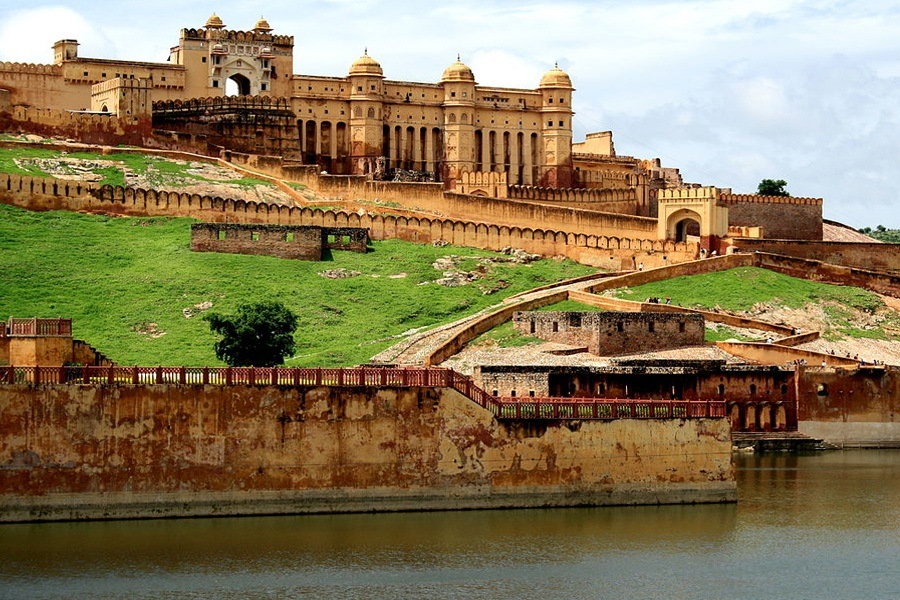
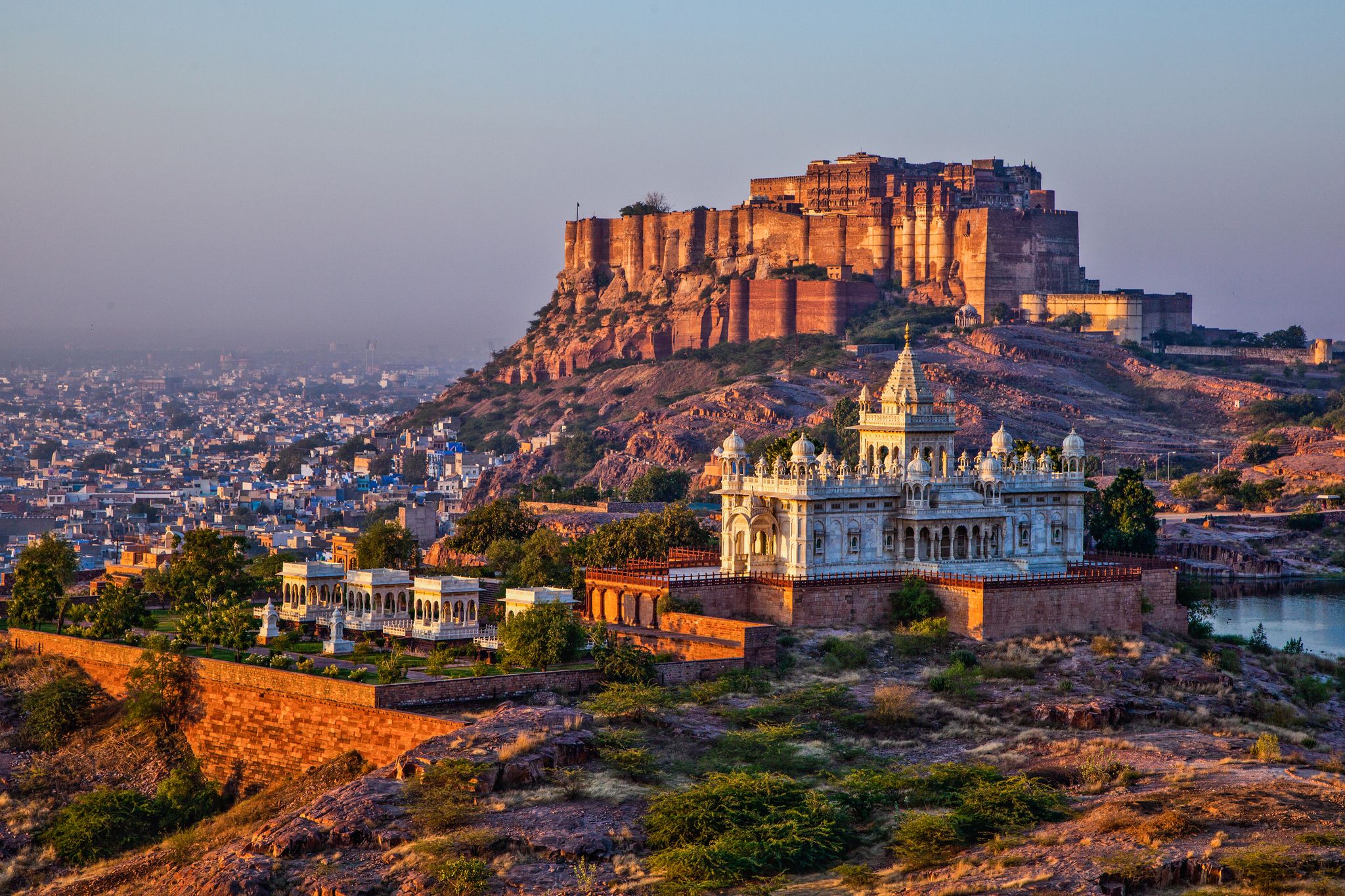
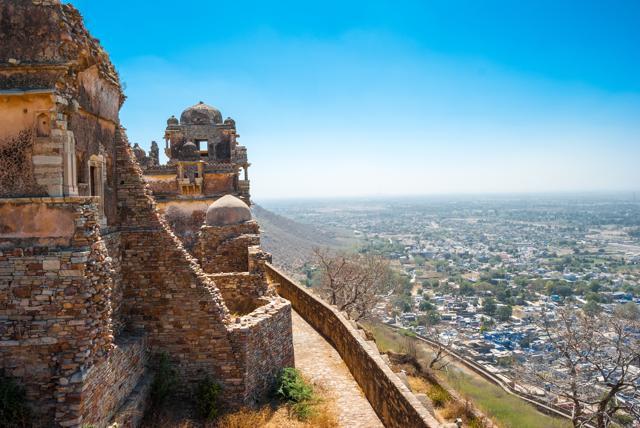



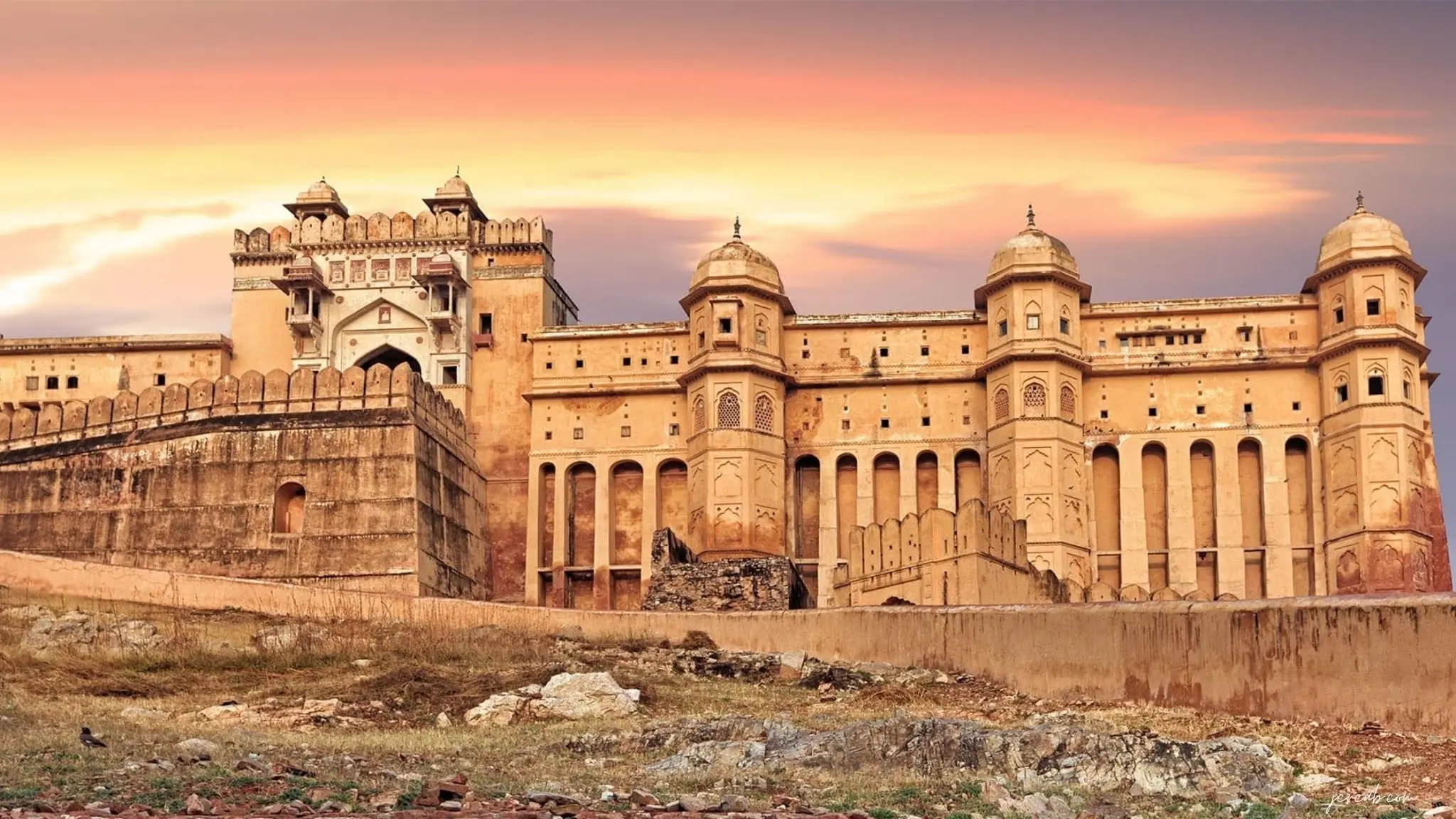


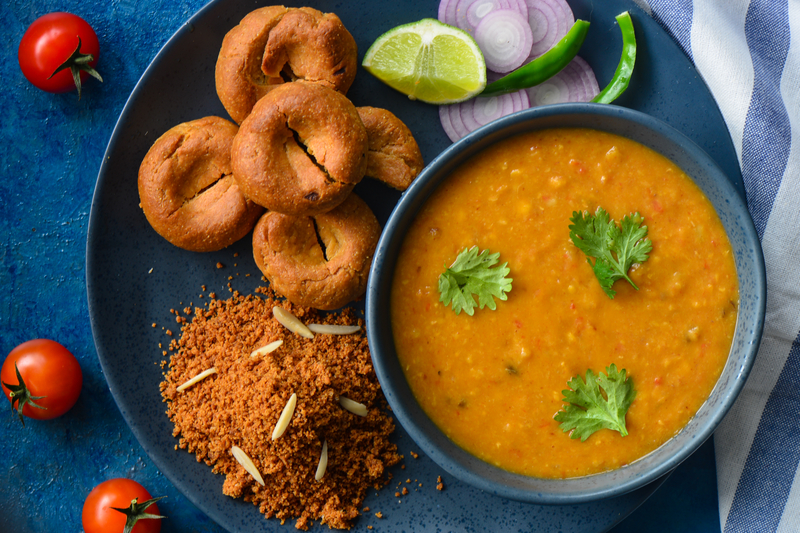

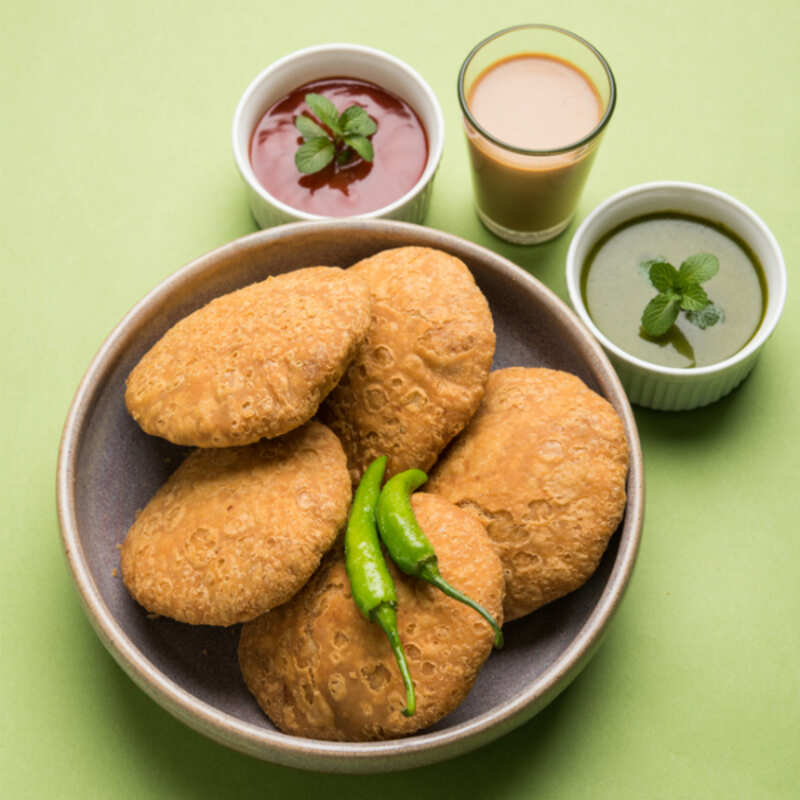
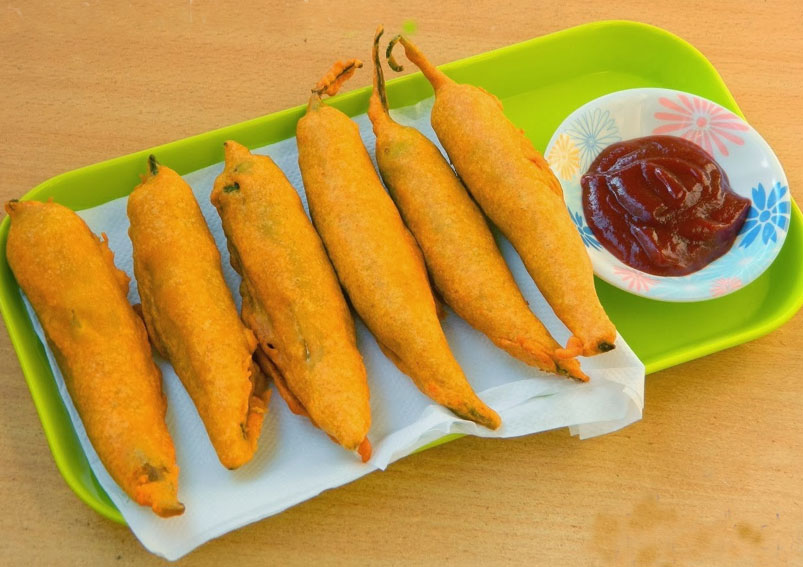


.jpg)
.jpg)
.jpg)

.jpg)

























